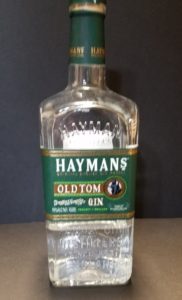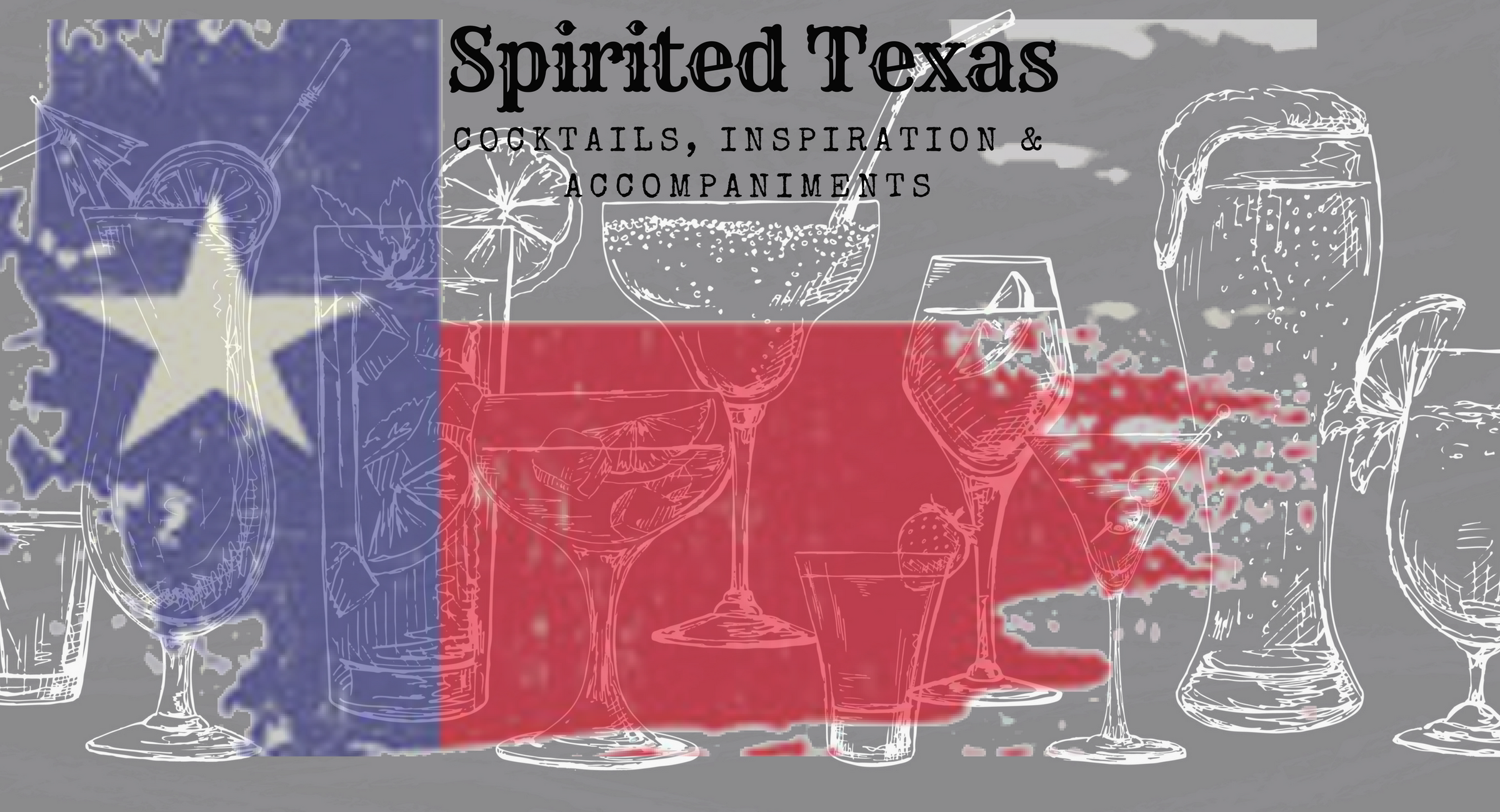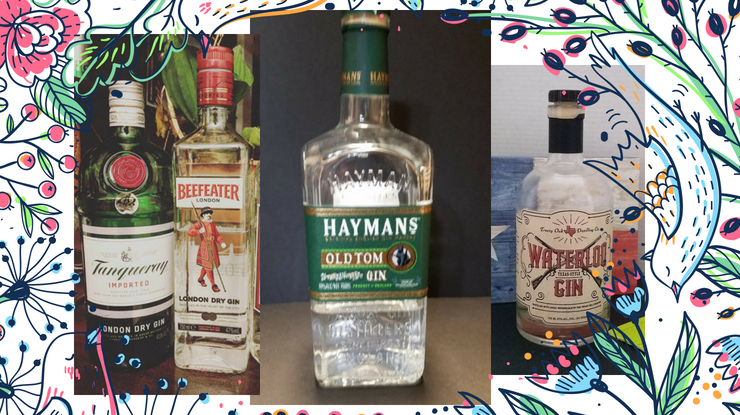Kay:
I love gin….so I will periodically be posting segments on different brands of gin. There are so many and all of them are unique. Gin starts with a grain based spirit and then is redistilled using different groups of botanicals (a fancy word for plants). Juniper is the first basic botanical used in making gin. Every gin distilled has their own grouping of botanicals. There is a long list: Juniper, coriander, lemon peel, orange peel, jasmine, angelica, orris powder, and cassia are a few. Tanqueray, one of the most well-known gins, only uses 4 botanicals, but many gins use ten or more. While most brands use the same botanicals, it’s the distilling process and the recipes that make each gin distinct.
Before I started on this journey into cocktail land, I stuck with the basics using Tanqueray for Martinis and Beefeaters for mixed gin cocktails. Both are still favorites and great choices. Then the research began. The more articles and books I read on mixology made me realize you can’t stop there. Gin has been around too long and there are more out there than you can shake, well…a shaker at. In this post, I’m going to share my two stand-by gins and my discovery of a new “old” gin.
BEEFEATER
This has always been my “go to” gin for mixing. Gin & Tonic, White Lady even Gin & Sprite or 7-Up (don’t judge I’ve been drinking it for years). I’m even guilty of using diet soda at home. I’m sure there are bartenders and mixologists who cringe when I order a Gin & 7 but it’s a favorite.
Beefeaters was first made in London in 1863 and has been distilled in much the same way since using 8 botanicals. It is juniper forward with strong citrus overtones of lemon and orange peel. A perfect cocktail to showcase Beefeaters is a White Lady since it includes both lemon and orange. The original early 1900’s version has an egg white. They say it gives the drink a special mouth feel. I haven’t tried the egg white version, but you can make this without the egg white.
WHITE LADY
2 ounces Beefeater gin
1 ounce lemon juice
.0.75 ounces Cointreau
1 egg white (optional)
Garnish: Lemon twist
Glass: Chilled Coupe
Put all ingredients in a shaker, if you use the egg white, dry shake and then add ice and shake to chill. Strain into a chilled coupe. If you do not use the egg white just add ice and shake and strain into the chilled coupe. Garnish with lemon twist.
TANQUERAY
This aromatic gin has been my favorite for mixing a dry Martini, stirred not shaken…subject of our first blog (if you missed it go back and check it out here). But mixologists use Tanqueray for many cocktails, such as the Aviation, French 75 and Gimlet. Tanqueray, London Dry Gin has been around about 30 years longer than Beefeaters. It has been distilled with 4 major botanicals (juniper, coriander, angelica root and licorice) since 1830. Keeping it simple has helped this gin make a big name for itself as the best of the best. It’s balance of the juniper with the other 3 botanicals makes for a perfect blend. Some experts say it can not be improved. With that kind of reputation, if you’re going to try a Martini for the first time, definitely use the best. You can find the Martini recipe here.
HAYMAN’S OLD TOM
 My third choice is new to me, but has also been around since the 1800’s. Old Tom is a true English London Dry Gin in the sense that it is distilled exactly as it was 150 years ago, preserving the integrity of the English style. Using the traditional botanicals used to distill gin in the 1800’s makes Old Tom sweeter,like the original Genever**. It is not as juniper or citrus forward as the Tanqueray or Beefeater, Old Tom has a blend of juniper, coriander, lemon peel, orange peel, angelica root, cinnamon, cassia bark, orris root, licorice and nutmeg. I found it to be smooth and it makes a good Martini I also tried it in a Tom Collins. I know you are thinking of vodka, but this cocktail was originally made with gin and named after John Collins, a waiter at Limmer’s Hotel in London, who was famous for his gin punch.
My third choice is new to me, but has also been around since the 1800’s. Old Tom is a true English London Dry Gin in the sense that it is distilled exactly as it was 150 years ago, preserving the integrity of the English style. Using the traditional botanicals used to distill gin in the 1800’s makes Old Tom sweeter,like the original Genever**. It is not as juniper or citrus forward as the Tanqueray or Beefeater, Old Tom has a blend of juniper, coriander, lemon peel, orange peel, angelica root, cinnamon, cassia bark, orris root, licorice and nutmeg. I found it to be smooth and it makes a good Martini I also tried it in a Tom Collins. I know you are thinking of vodka, but this cocktail was originally made with gin and named after John Collins, a waiter at Limmer’s Hotel in London, who was famous for his gin punch.
It is so much fun to try new cocktails and all in the name of research!
**Genever: In the 16th century Dutch pharmacists made a medicine from barley wine. To improve the taste they added juniper berries and other spices. This was the origins of genever and its descendant, gin. From Serious Eats Guide to Genever.
TOM COLLINS
2 ounces Hayman’s Old Tom
0.75 ounces lemon juice (freshly squeezed)
0.50 ounces simple syrup
2 ounces club soda
Glass: Collins (of course)
Shake first three ingredients with ice and strain into a chilled Collins glass filled with ice.Top with 2 ounces club soda and garnish with a lemon wedge.
SIDE BAR
Breaking news – Canadian Actor, Ryan Reynolds, of Superhero fame, just bought AVIATION GIN. It is rated as one of the top gin brands in the world, scoring 97 points from Wine Enthusiast (the highest in the gin category). Who knew. My next gin purchase…gotta try it, right!
Lynda:
You just know that if it’s made anywhere, it’s made in Texas and gin is no exception. I recently tried Waterloo Gin made by Treaty Oak Distilling Co. in Dripping Springs. According to the bottle this gin is made with local botanicals including rosemary, grapefruit, lavender, pecans and juniper (yes, we do have juniper in Texas). It’s smooth and has a hint of a floral taste. It passes the Martini muster and the Gin & Tonic wasn’t bad either. Here’s your bit of Texas history for the week: Treaty Oak Distilling Co. is named for the Treaty Oak, a Texas Live Oak tree in Austin that is the last surviving member of the Council Oaks, a grove of 14 trees that served as a sacred meeting place for Comanche and Tonkawa tribes prior to European settlement of the area. Foresters estimate the Treaty Oak to be about 500 years old.Wikipedia[
Gin & Tonic
2 oz. gin
5 oz. tonic water (Feverfew makes a good tonic)
Lime wedges
Pour gin and tonic water into a high ball or collins glass and add a generous squeeze of lime. This is the classic summer drink for much of the world.


So I think some of you are thinking I made a mistake on the Tom Collins segment. According to a great Cocktail guide by James Meehan and Chris Gall called The PDT Cocktail Book, available at Amazon.com, John Collins created the coctail. So the “Tom” is from the Gin Hayman’s Old Tom and the Collins came from his name. So, yes, John Collins created the Tom Collins!